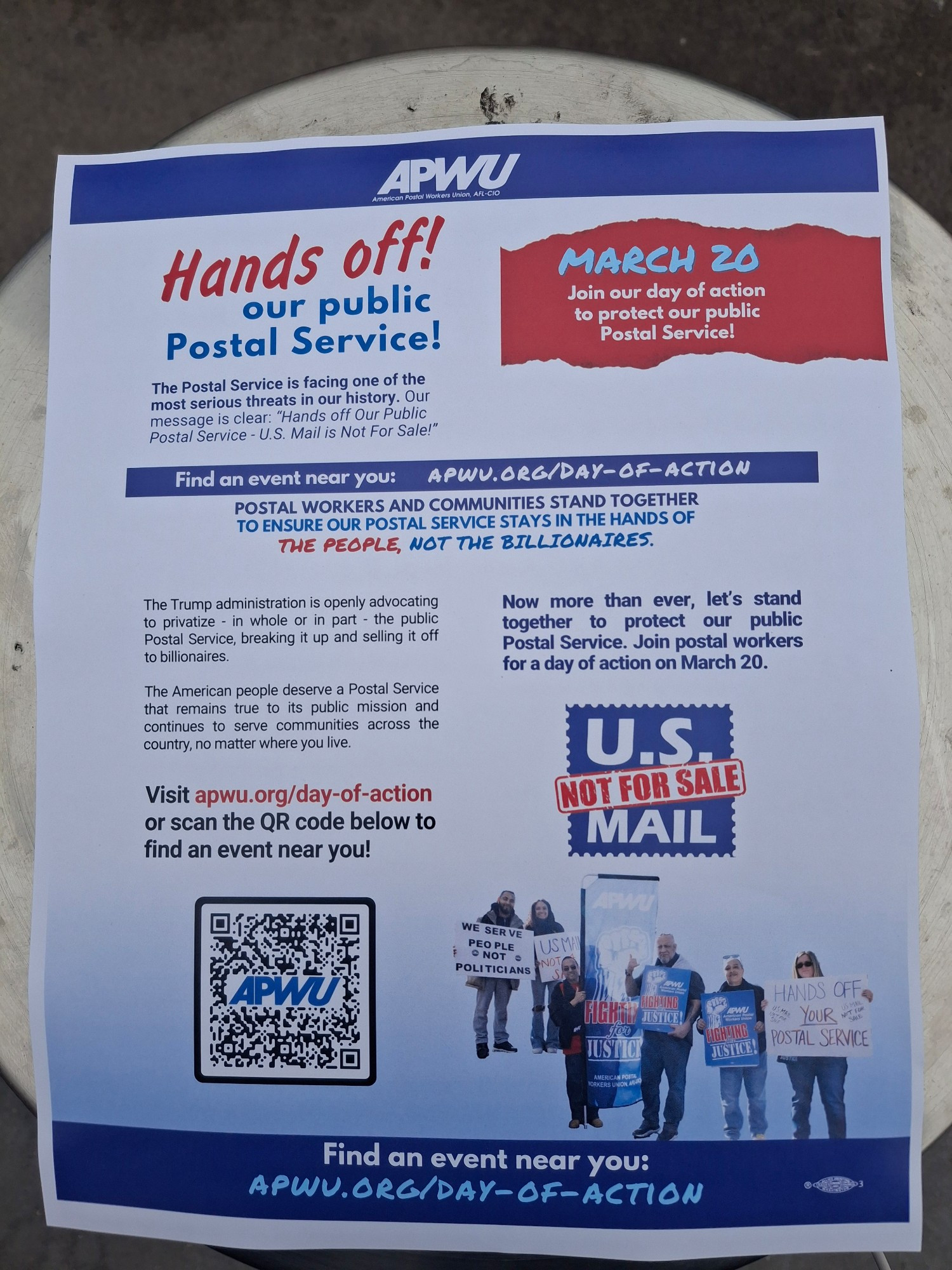The Washington Post Canceled Me for Currygate. Jeff Bezos Was My Unlikely Savior.
When Jeffrey Bezos came for the journalists in the Washington Post‘s Opinions section a few weeks ago, their colleagues in the paper’s news sections didn’t protest too loudly, because they were not in the Opinions section.
Then Bezos came for the newsies.
Post people wondered: What’s next, face-eating leopards?
The recent pattern of Chernobylic meltdowns at the Washington Post has been stupefying, a display of serial journalistic malpractice by a seniormanagement beholden to the whims and ruthlessness of its billionaire owner—the man who turned Amazon into a retail behemoth while pushinghis prole workers so hard that the drivers began peeing into bottles to meet draconian delivery quotas.
I’ve had an interesting vantage point from which to view all of this—close up and bone-deep—but also at a felicitous remove. I no longer work for the Post, but I did for 30 years, to significant acclaim, until I violated a sacrosanct stricture: I embarrassed the newspaper and subjected it to the ire of a ravening, cancel-crazed global Internet.
And so I was gone.
The timing proved fortuitous for me. I had an indigenous institutional knowledge of the place, and many loyal friends within it, but since I no longer worked for the Post when all this happened, I was free to report exactly what I found out and say exactly what I thought about it, lobbing grenades at my old employer from safe in my bunker, a Substack newsletter called The Gene Pool.
The Gene Pool can be nasty. And it turns out people like nasty in these deeply polarized, paranoid times because they are so angry at, and scared of, the Trump-Musk-Bezos troika that they are willing to part with their hard-earned ducats to see these people spanked ruthlessly in indelible digital print by someone who writes with insider authenticity.
The same Internet that chased me from the Post has now rescued my wallet, my career, and (so far) my reputation.
I’m the guy who infamously doesn’t like Indian food.
In late 2021, I wrote exactly that in a humor column that was mostly at my expense, reflecting on my own infantile understanding of cuisine. I wrote that drowning a hot dog in a wet heap of a half dozen dressings was as big a crime as drowning a puppy in a toilet. I said that Old Bay Seasoning tasted like dandruff from a corpse. I claimed that balsamic vinegar broke up the Beatles, and that sweet pickles made as much gustatorial sense as chicken-flavored jelly beans. Readers laughed. Then, in the same column, I wrote that Indian curry—which I incorrectly described as a single spice, instead of a varying mixture of different spices—was pungent enough to “knock a vulture off a meat wagon.” Readers stopped laughing.
Because I had casually insulted an entire subcontinent and its diaspora, the wrath on Twitter was overpowering and relentless. My bosses at the Post were similarly, and understandably, unamused. They decided my food column had been, ironically, tasteless. Also culturally insensitive, which it was. And that, as they say, was that.
Except it wasn’t that, as it turns out.
I started my Substack roughly a year later because, even at 71, I did not want to have to dip into my retirement savings. For about two years, The Gene Pool was a modest success. Then Jeff Bezos started perpetrating grandiose, self-serving malfeasances, mauling the integrity of the paper I loved, infuriating the staff, and prompting a hemorrhage of canceled subscriptions (more than 300,000 as of this writing.)
Bezos’ first, and most dramatic, move came late in October, shortly before the presidential election, when he learned that the Post planned to endorse Kamala Harris. His response was to order his Opinions staff not to endorse any presidential candidate, and he then evidently ordered the Post‘s publisher to lie about why—the obvious truth being that he wanted to ingratiate himself with a new, vindictive, spiteful president notorious for punishing his perceived enemies. (Bezos’ financial empire relies on federal contracts.)
With that, The Gene Pool, previously a versatile, thrice-weekly general interest column, became much more voluble, focused, and occasionally embittered. I began writing five or six days a week.
I created a snarkynew masthead for the Post, for whenever I write unpleasant things about its managers and express rage at their spinelessness:

My response to Bezos’ order was a post titled, “Courage and Cowardice,” a lengthy diatribe unflatteringly comparing him to a famous previous owner of the newspaper, Katharine Graham. You can guess which of the two represented courage.
It included these paragraphs:
In his statement, publisher William Lewis, a Rupert Murdoch protégé, lied nakedly about what had happened, and why. He said the newspaper made its choice in order to “return to their roots,” to reset itself to a prior, better, more genteel time when the Post declined to endorse presidential candidates.
If you think that’s even remotely true, you are the idiot he takes you for.
Elsewhere in the piece, I wrote:
On July 17, 2001, when Mrs. Graham died after a fall on the street, her employees walked the halls of the Washington Post building, tearful.
Jeff Bezos has earned billions in his life, but he will never earn that.
And finally:
There is such a thing as moral authority. It may be intangible, but it is there, and it can be powerful. It is essential to newspaper opinion writing. The Washington Post owner flushed it down the toilet yesterday. What is left is invertebrate.
This action has damaged everyone, not the least of whom are the dedicated, talented employees of the Post, whose careers are likely now diminished because, well, do they work for a great newspaper anymore? They are like homeowners whose neighborhood suddenly gets a pig slaughterhouse. All the home values are diminished.
In the one or two days before the election, expect to read a banal, obligatory piece in the Post—most newspapers do it—urging everyone to vote, for the sake of civic responsibility. Why should you believe it from the Post, now? The hypocrisy is thick and gooey. This is a newspaper that looked at the stark, existential choice facing the country, with the people in fear, and decided to sit this one out. They’re not voting. Why should you?
This post went semi-viral—almost as viral as my initial foray into apparent anti-Indian colonialism. Over the next four months, the number of _Gene Pool_subscribers, the ones I had managed to amass in the first two years, more than tripled.
There would be more mile markers to come. After each new depredation by the Bezos team, readers searched for reliably dissenting voices and found my Substack. The leaps insubscribership inevitably accompanied Post executives’ leaps in lickspittlery:
November: Bezos, the owner of the newspaper of record for the nation’s capital, a role demanding political impartiality and restraint, writes Trump an obsequious tweet applauding his, er, historic achievement.
Big congratulations to our 45th and now 47th President on an extraordinary political comeback and decisive victory. No nation has bigger opportunities. Wishing @realDonaldTrump all success in leading and uniting the America we all love.
— Jeff Bezos (@JeffBezos) November 6, 2024
December: Bezos, via Amazon, decides to gift the Trump administration $1 million for its inaugural festivities and stream the events on Prime Video, which is worth another $1 million.
January: Amazon announces it has agreed to produce a documentary about Melania Trump for which the First Lady will receive at least $28 million. Melania—who’d written a largely insipid memoir the year before—gives the following explanation to a TV interviewer. It seems right out of the Broadway musical_Sunset Boulevard_: “I get so many messages and letters how they enjoyed the book and they would love, my fans and people, would love to hear more from me.”
The deal smelled a lot like a bribe—I implied that.
But February and March were my most fecund months for new subscribers because Bezos continued to act like a member of the Trump administration in his handling of the Post. His behavior coincided with my decision to discard the word “administration” and just start calling it the “Trump regime.”
Then Bezos did something really stupid, and characteristically arrogant. He instructed the Opinions staff that henceforth, they would only write stories “in defense of personal liberties and free markets.” He was instructing some of the nation’s most distinguished journalists to only write opinions that agreed with his own. Opinions editor David Shipley resigned immediately.
And so, my next post consisted of two op-ed ideas that ostensibly aligned with the new rules:
To the Washington Post:
Please accept this submission for your op-ed pages. I have included illustrations for your exclusive use. I believe my piece conforms to your new strictures, requiring only opinions defending free markets and personal liberties:
I’m mad as hell about all the threats to the existence of free markets, particularly tariffs. Instead of leveling the playing field, tariffs distort it. For example, imagine you are a Mexican boxer fighting against an American boxer in Altoona, Pa. And your bucktoothed American hosts make you, and not your opponent, drag around one of these balls and chains.
(Here I placed an illustration of a faceless character wearing the classic ball and chain.)
You’re gonna get your ass kicked! Is that free? Is that fair? So then, when an American goes to fight a Mexican guy in, say, Guadalajara, they’re gonna get back at us. They’re gonna make the American wear a chastity cage!
(Here was a racier illustration of an actual product—a stainless steel cage designed to fit very, very tightly over a man’s penis.)
So, no. I, like all wise Americans, am in favor of no restrictive or punitive tariffs. Let’s compete as usual on the basis of product quality and bribes where necessary.
And don’t get me started on personal liberties!
Too late. I’m going to start. I’m all for extending personal liberties by reducing Deep State control over our lives. And by “our,” I include corporations, which, according to the Supreme Court, are people except for not being able to have sex and defecate.
For example, this whole patent and trademark thing. Why should the government regulate our personal business decisions like that? Why shouldn’t I be able to manufacture a line of bidets under the name “Trump® Ass Washers”? Or the “Amazon®” line of airline vomit bags?
And why should the government be able to tell me what sex I am? We have freedom of expression! If I want to identify as a schnizzle, which I declare to be a sterile, twelve-breasted egg-laying fish with gonads the size of mature gophers, why should the jackbooted government stop me?
We should not be subject to the whims of the politicized, left-leaning justice system. Shouldn’t we all have the freedom, without fear of prosecution, to continue the recent practice of depositing warm dog poop bags on Teslas parked in the street? Should I not also be free, if it is my desire, or if it is my parents’ desire, for me to die of measles, like that kid just did in Texas, the anti-vaxx state?
The Post‘s writers helped me out out in this crusade by being outraged, but also silenced because they still needed to take home a paycheck. Fortunately, they had someone to vent to on background: the proprietor of that alternative news source, the Washington Pist!
I learned, for instance, that the newspaper’s media critic, Erik Wemple, had submitted an essay about his disappointment in the new edicts. Then I found out that the piece had been spiked, and wrote about that.
One of Bezos’ dumbest moves was yet to come. His promise—or implied promise—alwayshad been for everyone not to worry, because he would keep his hands off the news side of the paper.
That’s the default: Most reputable news organizations maintain a strict ethical firewall between the business side—owners, publishers, advertising reps—and the news operations.
But then it was reported that the Post’s publisher—whom Bezos had hand-picked—had met privately with the editor of the Washington Free Beacon, a muckraking hard-right news organization of squishy ethics, to ask how he could recruit more conservative journalists.
The initial report of the meeting did not specify that the Post was seeking news reporters—as opposed to staff opinion writers, who serve at the publisher’s pleasure—but that’s how it was widely reported. The Free Beacon, after all, prides itself on its “combat journalism.”
Bezos’ hands were now all over the news side, apparently. It felt like a groping incident.
All along, writers and editors were leaving the paper in daunting numbers. The Post lost its gifted political cartoonist Ann Telnaes, who quit after one of her cartoons was spiked. The cartoon in question depicted Bezos and other media moguls as Trump suckups. Matea Gold, the Post‘s widely admired managing editor, and its White House reporter Tyler Pager went to the NewYork Times. Political reporters Michael Scherer and Ashley Parker jumped ship for The Atlantic. Political columnist and blogger Jennifer Rubin quit the Post and started her own Substack,The Contrarian. (Slogan: “Not owned by anybody.”)
The most recent notable departure was Ruth Marcus, a universally respected Opinions columnist and associate editor. She quit after the Post spiked one of her columns about the lamentable state of affairs at the newspaper. I believe I was the first to break that story. But I couldn’t get access to her spiked column.
Marcus published it herself a few days laterin The New Yorker. You should read it. It’s elegant from start to finish, and heartbreaking in places.
She writes: “We have lost so much talent in the newsroom in the past few months as reporters and editors have defected to competitors—and we’re still publishing remarkable work. (I’ll never stop saying ‘we’.)”
Marcus summarizes her reason for leaving in one grandly efficient line: “My job is supposed to be to tell you what I think, not what Jeff Bezos thinks I should think.”
For once, I had nothing to add. The Washington Pist was silent that day.
Gene Weingarten, a former Washington Post staff writer, syndicated humor columnist, and author of a nonfiction collection, The Fiddler in the Subway, has won two Pulitzer prizes for feature writing. To subscribe to his Substack, The Gene Pool, click here.
Continue Reading…












